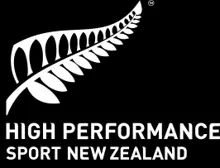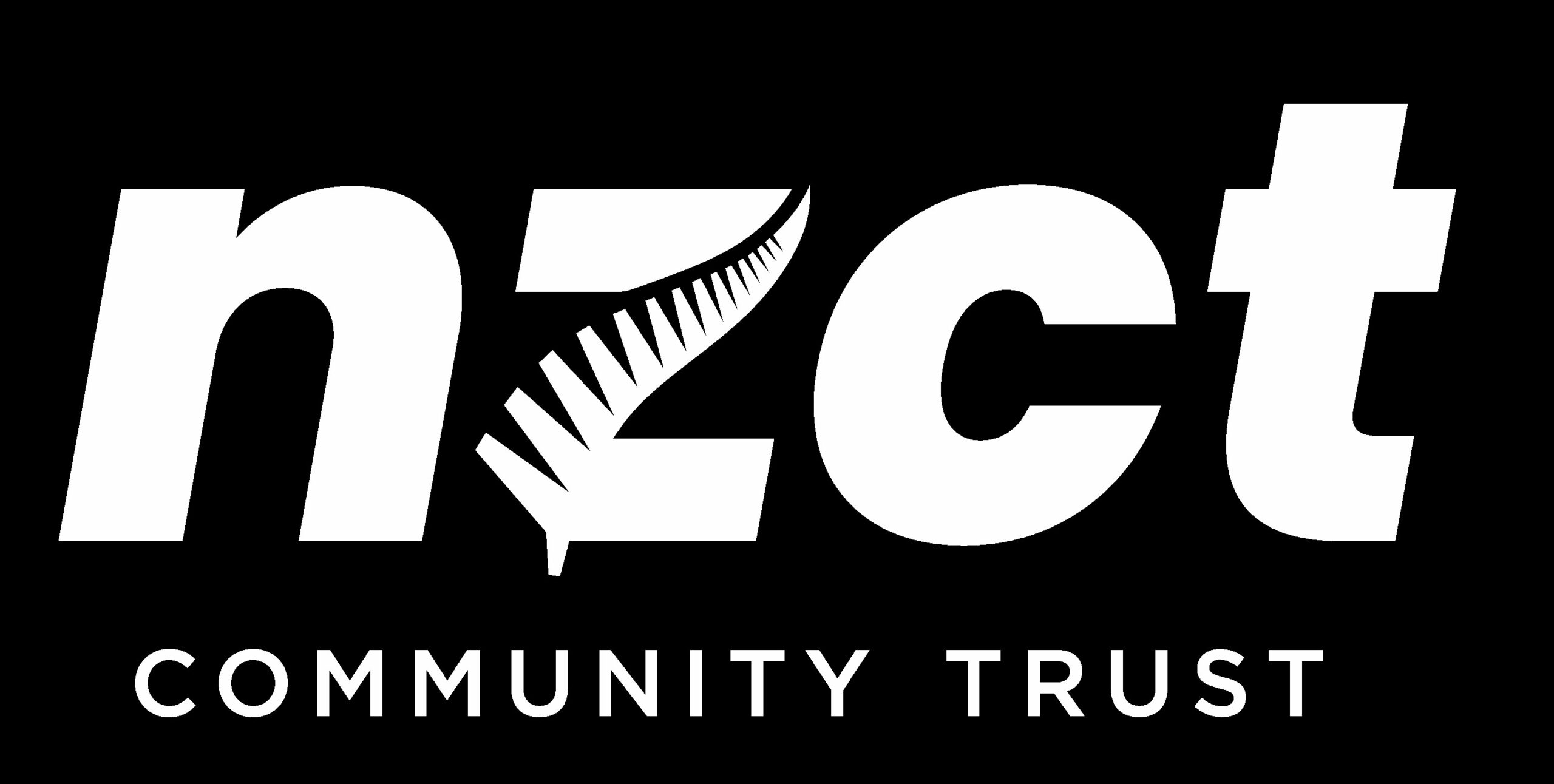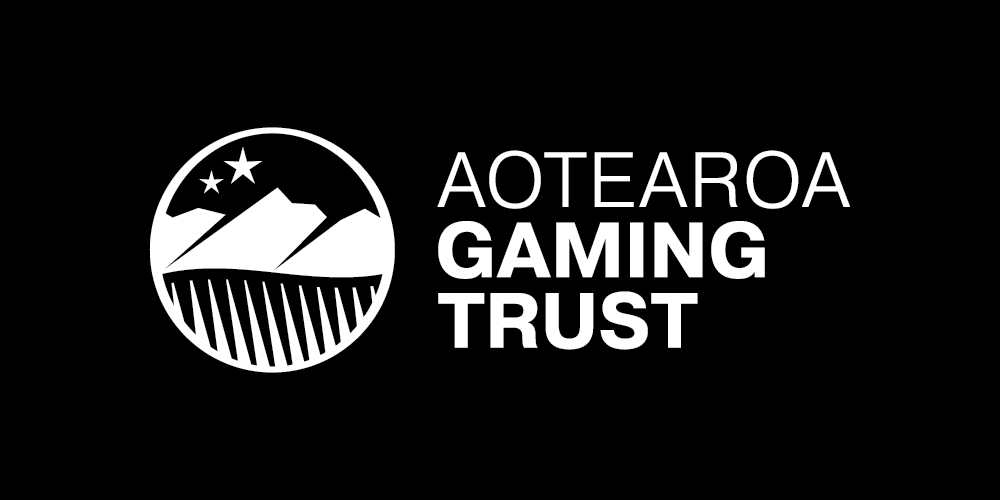What is Classification?
Classification is integral to Para sport as it provides a structure for a fair and equitable competition within the Paralympic Movement.
A brief overview of Para sport classification
The purpose of classification is to define who is eligible to compete in Para sport and groups athletes with an eligible impairment into sport classes according to how much their impairment affects their ability to perform the fundamental activities in a specific Para sport.
Classification is Para sport specific as impairment affects the ability to perform in different sports to a different extent. Therefore, an athlete may meet the criteria in one Para sport but may not meet the criteria in another Para sport.
Eligibility for Para sport
The Paralympic Movement offers Para sport opportunities for athletes with physical, visual and intellectual impairments and these are divided into seven eligible impairment types which must be permanent in nature. The presence of a permanent eligible impairment must be proven by medical diagnostic information that must be presented no later than at the time of athlete evaluation.
To learn about what Para sport could be for you, check out the Quick guide to Para sport and impairment eligibility.
Non-Eligible Impairments
In Para sport, there are some impairments and health conditions which are not recognised within the 7 Eligible Impairment types and as such are referred to as an non-eligible impairment. Examples include, but are not limited to:
- Pain
- Low muscle Tone
- Hypermobile joints
- Joint instability, such as recurrent dislocations
- Impaired muscle endurance or stiffness
- Impaired motor reflex functions
- Impaired cardiovascular functions
- Impaired respiratory function
- Impaired metabolic functions
- Tics, mannerisms, motor stereotypies and motor perseverations
- Impairments stemming from psychological and/ or psychosomatic causes
- Impairments in muscle metabolism resulting in fatigue
- Hearing impairment
- Vestibular Impairment
Non-Eligible Health Conditions
International Sport Federations may specify in their Classification rules that certain health conditions do not lead to an eligible impairment. Any Para athlete who is only affected by such a health condition will not be considered for Classification in relation to one or more sports governed by that International Sport Federation.
Examples include:
- Pain such as myofascial pain-dysfunction syndrome, fibromyalgia, or complex regional pain syndrome
- Fatigue such as chronic fatigue syndrome
- Joint hypermobility or hypotonia such as Ehlers-Danlos syndrome
- Psychological or psychosomatic in nature such as conversion disorders or post-traumatic stress disorder























